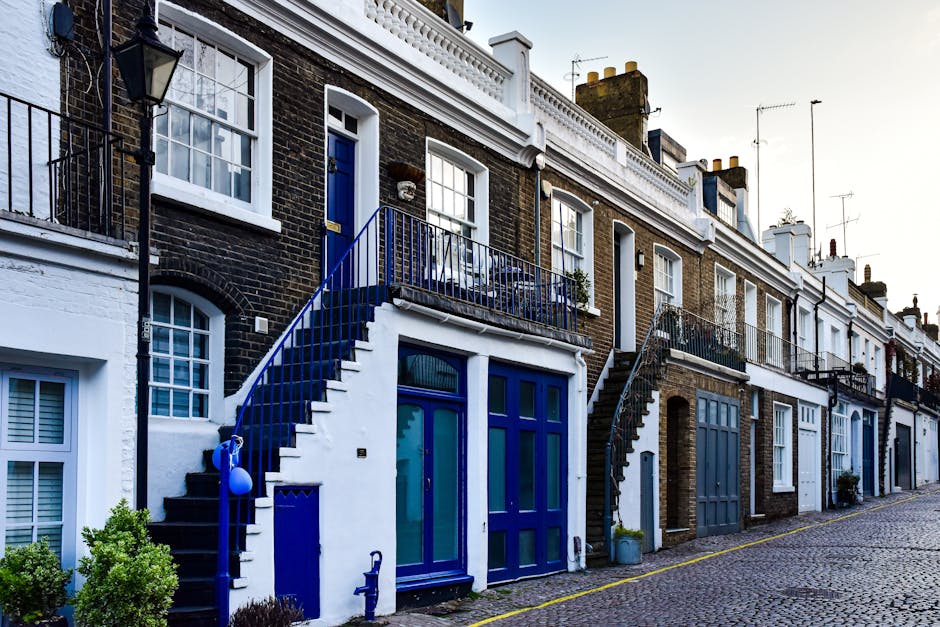Looking for the perfect long-term rental in London can be daunting, but with the right approach, it’s definitely achievable. Whether you’re moving for work, study, or just looking for a change of scenery, this guide will walk you through the essential steps to find your ideal home in one of the world’s most vibrant cities.
1. Define Your Ideal Rental
Start by listing out your must-haves, like location, size, and budget. Remember that in London, being flexible on certain aspects can open up more options.
Think about what makes a location ideal for you. Is it the proximity to work, schools, or maybe the vibrancy of the neighborhood itself? London is a city of neighborhoods, each with its own character and charm. Researching these areas online and through forums can help you get a real feel for them.
Consider your daily routine and how your new home fits into it. For instance, if you’re an avid gym-goer, is there a gym nearby? Or if you love dining out, what are the local eateries like? These small details can significantly influence your satisfaction with a place.
2. Understand London’s Rental Market
London’s rental market moves quickly and varies by borough. Research current rent prices and market trends in your preferred areas.
Flexibility on your move-in date can also be a huge advantage. Some parts of the year, like the start of the academic year, see higher demand for rentals. Planning your move for off-peak times can make finding a place easier and sometimes even cheaper.
It’s also worth noting that rental listings in London don’t always stay up for long. So, when you start your search, be ready to act fast. Setting up instant alerts on rental platforms can help you stay ahead of the competition.
3. Utilize Online Resources
Websites and apps are great tools for finding available listings, comparing prices, and getting a feel for different neighborhoods from afar.
Don’t underestimate the power of social media in your search. Joining London-based housing groups on platforms like Facebook can give you access to listings that might not be posted elsewhere.
Online reviews and forums can also offer invaluable insights. Residents often share their experiences about living in certain areas, dealing with landlords, or navigating the rental process, which can be gold dust for newcomers.
4. Schedule Viewings and Ask the Right Questions
Once you have a shortlist, schedule viewings to see the properties in person. Prepare a list of questions to ask landlords or agents about the property and lease terms.
During viewings, pay attention to the condition of the property and ask about any recent repairs or issues. It’s also a good idea to meet potential neighbors if you get the chance, as they can provide a wealth of information about the area and community.
Ask about the terms of the lease. What’s included in the rent? Are there any additional fees or charges you should be aware of? Clarity at this stage can prevent misunderstandings later on.
5. Consider the Commute and Local Amenities
Check transport links and local amenities. Even the perfect home can be less appealing if your daily commute is too long or shopping facilities are far away.
Google Maps is a fantastic tool for checking out transport options. Look not only at the distance but also at the availability of public transport. London’s public transport network is extensive, but service can vary greatly depending on the area.
Don’t forget to consider the availability of green spaces. London is known for its beautiful parks and gardens, which can provide a much-needed escape from the hustle and bustle of city life.
6. Know Your Rights and Responsibilities
Familiarize yourself with tenant rights in the UK, and understand your responsibilities as a renter to protect yourself and ensure a smooth tenancy.
The UK government website and tenant advocacy groups are excellent resources for understanding your legal rights and obligations. This knowledge can empower you during negotiations and help you to identify and avoid potential pitfalls.
Understanding the inventory process is important too. Make sure everything is documented accurately when you move in to avoid disputes over damages or missing items when you leave.
7. Secure Your Rental
Once you find a place that meets your needs, be prepared to move quickly to secure it. This might mean having documents and deposits ready in advance.
Be aware that competition for good rentals can be fierce in London. Sometimes, writing a ‘rental CV’ or a cover letter to introduce yourself and explain why you’re a reliable tenant can set you apart from other applicants.
Finally, make sure you understand the terms of your tenancy agreement before you sign. Once you commit, you are bound by its terms, so it’s crucial to be completely happy with them.
8. Moving In and Beyond
After securing your rental, plan your move carefully. Also, consider renters’ insurance and setting up utilities and internet to ensure a comfortable start in your new home.
Creating a moving checklist can help ensure you don’t overlook anything important. From redirecting your mail to registering with a local doctor, there’s a lot to think about.
Lastly, take the time to introduce yourself to your neighbors. Building a good relationship with them can enhance your living experience and help you feel settled in your new community.
Wrapping Up Your Search
Finding the best long-term rental in London requires patience, research, and often a bit of compromise. Start with a clear idea of what you need, use all the resources available to you, and don’t be afraid to seek professional help if needed. Remember, the perfect rental is out there; it just takes time and effort to find it. Happy house hunting!


